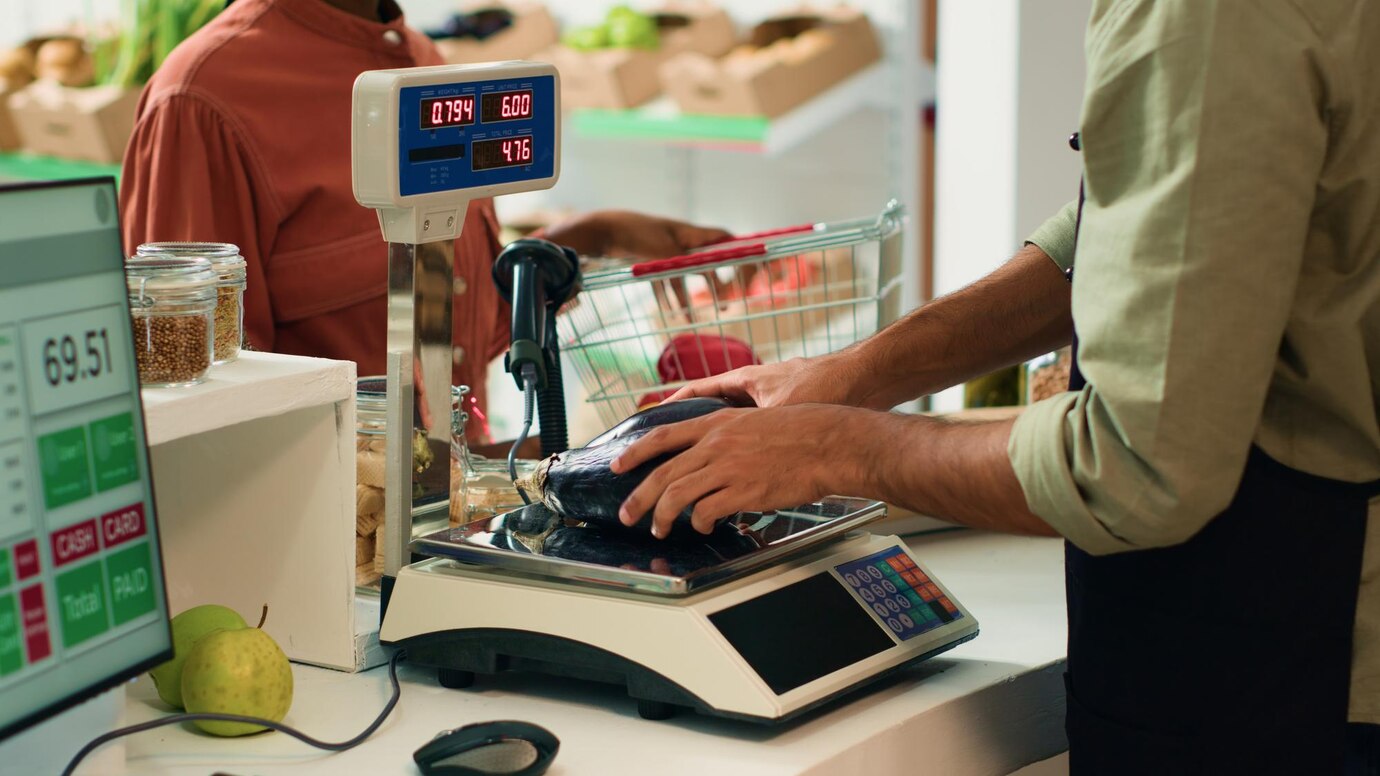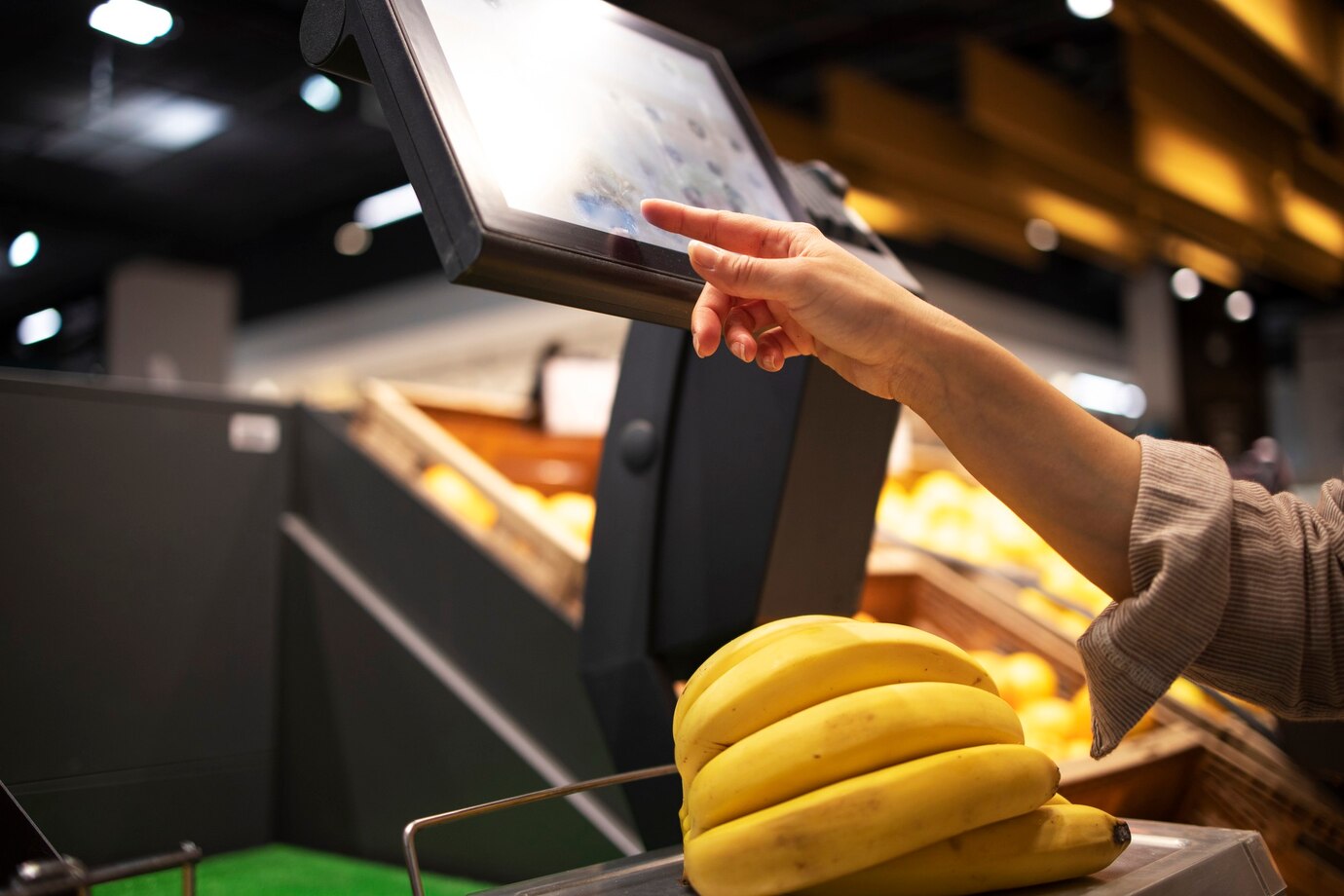-
Services
-
Custom Software
Our team of custom software experts helps you transform your ideas into stable, flexible solutions
-
Automation
Our automation experts offer simple solutions to improve processes, reduce effort,
-
AI/ML
Our AI and machine learning experts provide smart solutions to improve processes, save time, and drive innovation.
-
Digital Marketing
Our authentic digital marketing services enhance brand visibility and attract potential customers to drive growth.
-
E-Commerce
E-commerce has revolutionized the retail sector, offering businesses the opportunity to reach global customers
-
Data Engineering
Our data engineering services provide complete support, helping businesses transform raw data into actionable insights with ease.
-
-
Industries
-
Fintech
Fintech makes financial tools easier to use and available for everyone, from large banks to small users.
-
Retail & E-Commerce
We deliver powerful, easy-to-use software that helps retail and e-commerce businesses succeed at scale.
-
Health & Pharma
Our team has in-depth knowledge of the healthcare and pharmaceutical industries,
-
Real Estate
We create reliable and user-friendly solutions for the real estate industry. It helps companies automate tasks, manage properties,
-
Manufacturing and Logistics
From automating manufacturing processes to optimizing logistics operations,
-
Telecom
Our team has extensive experience in the telecom industry, enabling us to design and implement solutions
-
-
About us
-
About us
We aim to build strong partnerships by providing smart, dependable, and effective solutions.
-
Solutions
We create custom solutions that fit your unique business needs.
-
Careers
The best way to predict your future is to create it
-
Leadership's
The challenge of leadership is to be strong, but not rude; be kind, but not weak; be bold, but not a bully
-
Testimonials
Real words from real customers! Read what our happy clients have to say about their experience with us."
-
Gallery
Showcase your work, products, or moments through a visually engaging and organized gallery display.
-
-
Portfolio
-
Custom Software
Designed with flexibility in mind, custom software adapts to business growth and evolving requirements.
-
Automation
Automation is the use of technology to perform tasks with minimal human intervention, increasing efficiency and accuracy.
-
AI/ML
AI (Artificial Intelligence) and ML (Machine Learning) are transforming industries by enabling systems to learn from data and make intelligent decisions without explicit programming.
-
E-commerce
With advancements in technology, secure payment systems, and the rise of mobile commerce, e-commerce has become a driving force behind the global economy.
-
Digital Marketing
Digital marketing is the art of leveraging online platforms and technologies to connect with your target audience, drive engagement, and grow your business in the digital age.
-
- Blog
- Contact


 +1(647)383-7986
+1(647)383-7986











